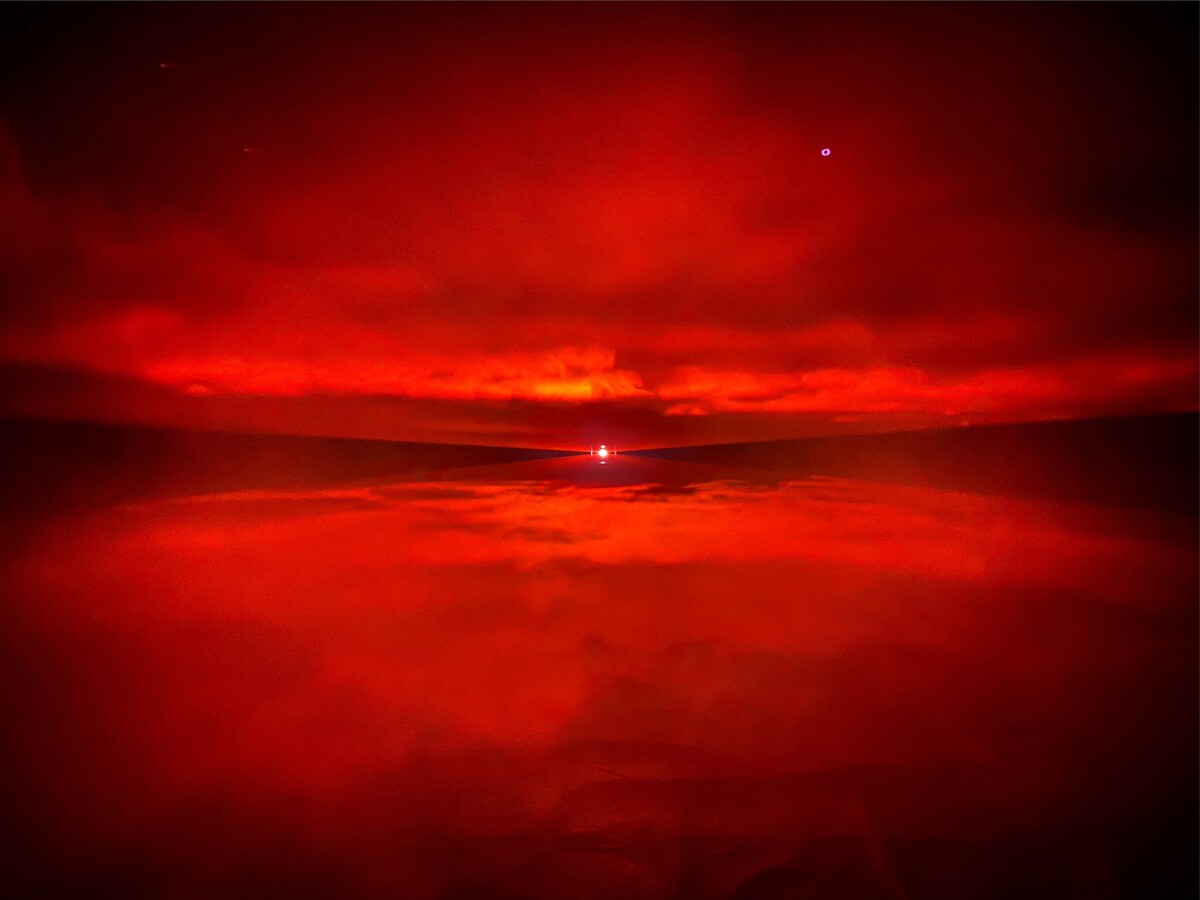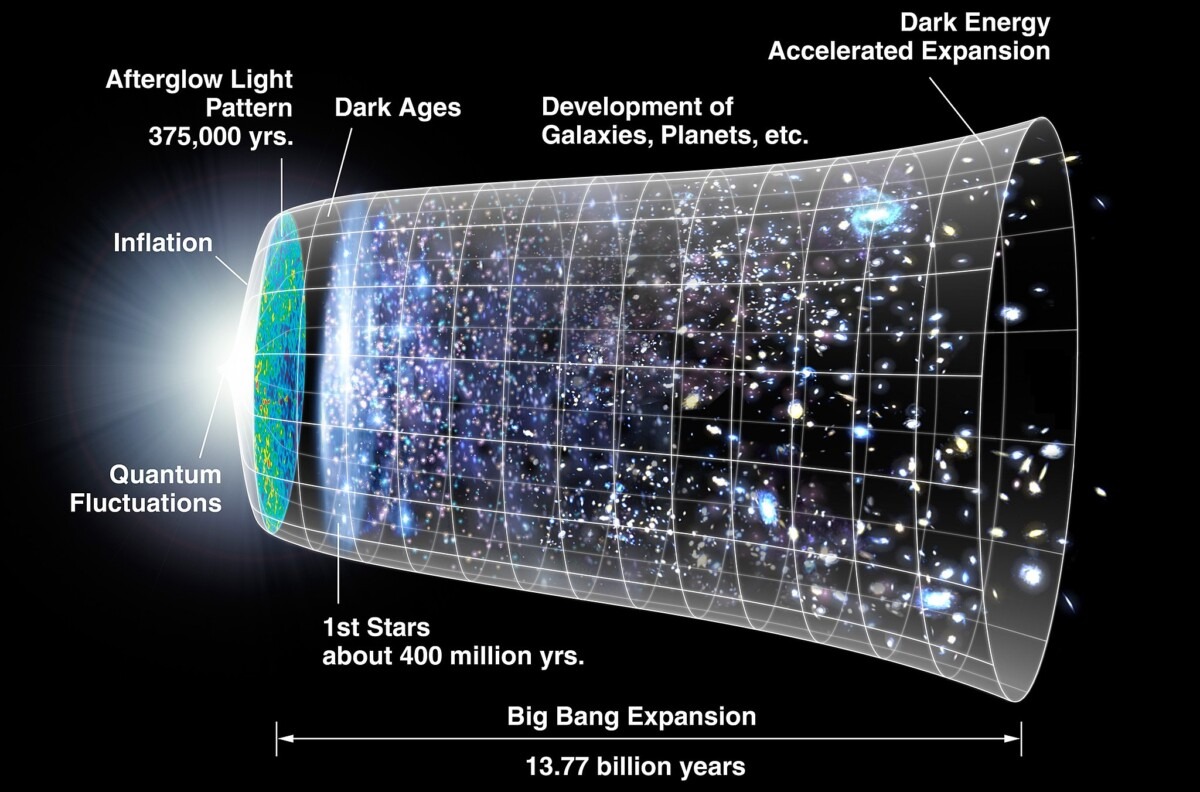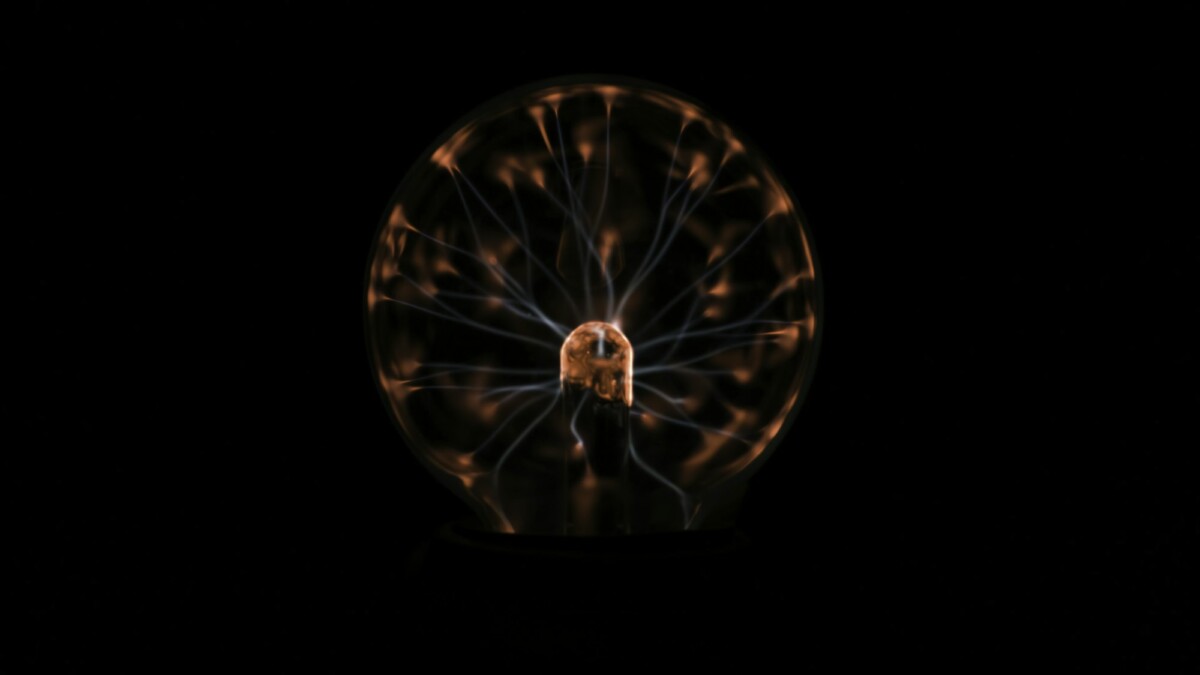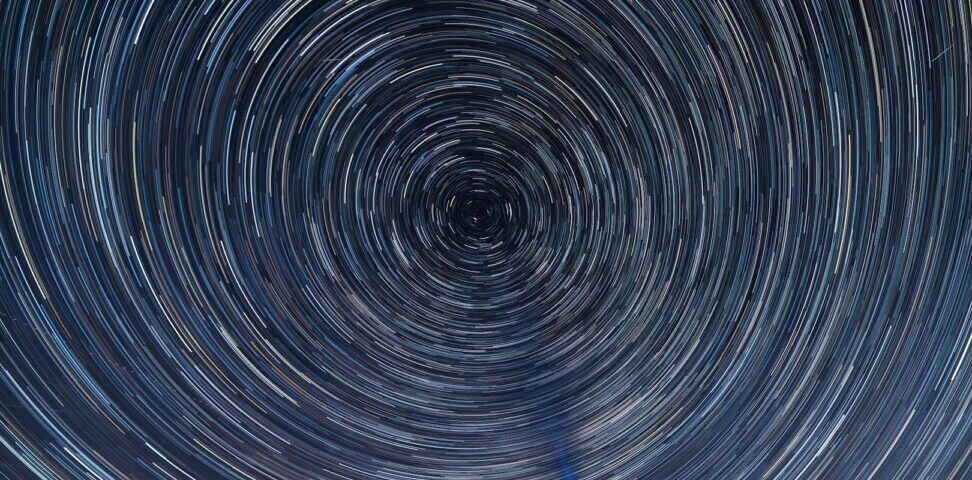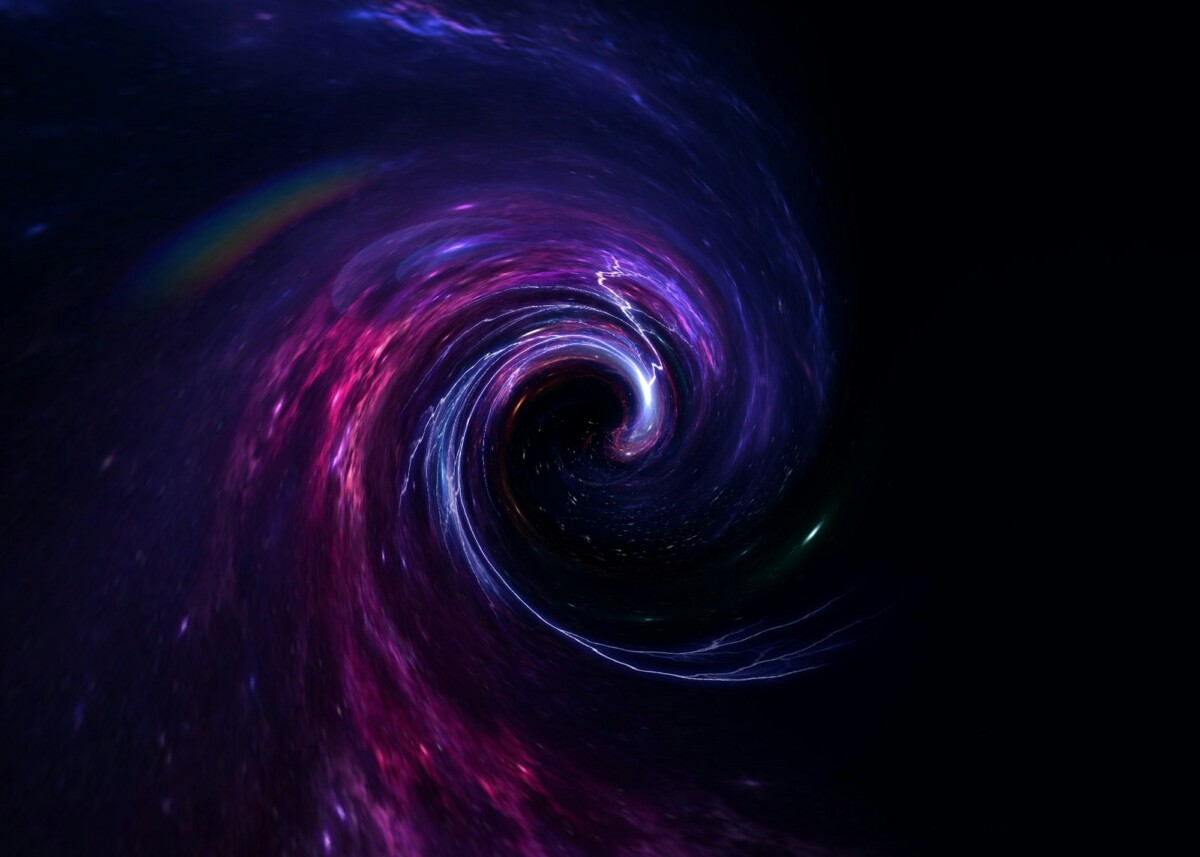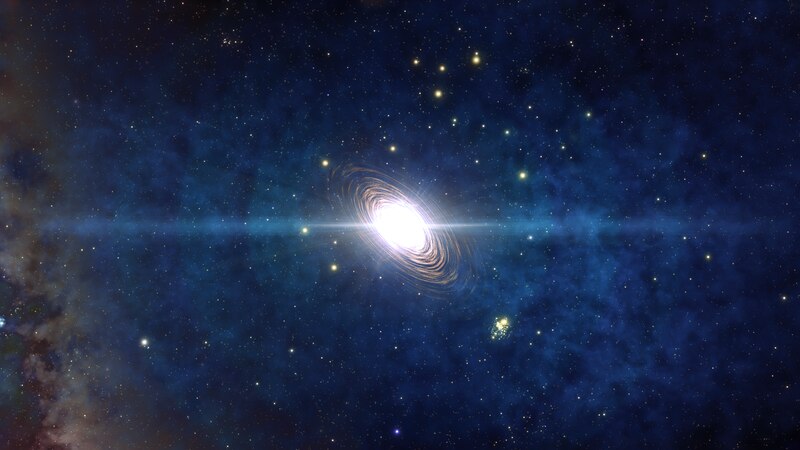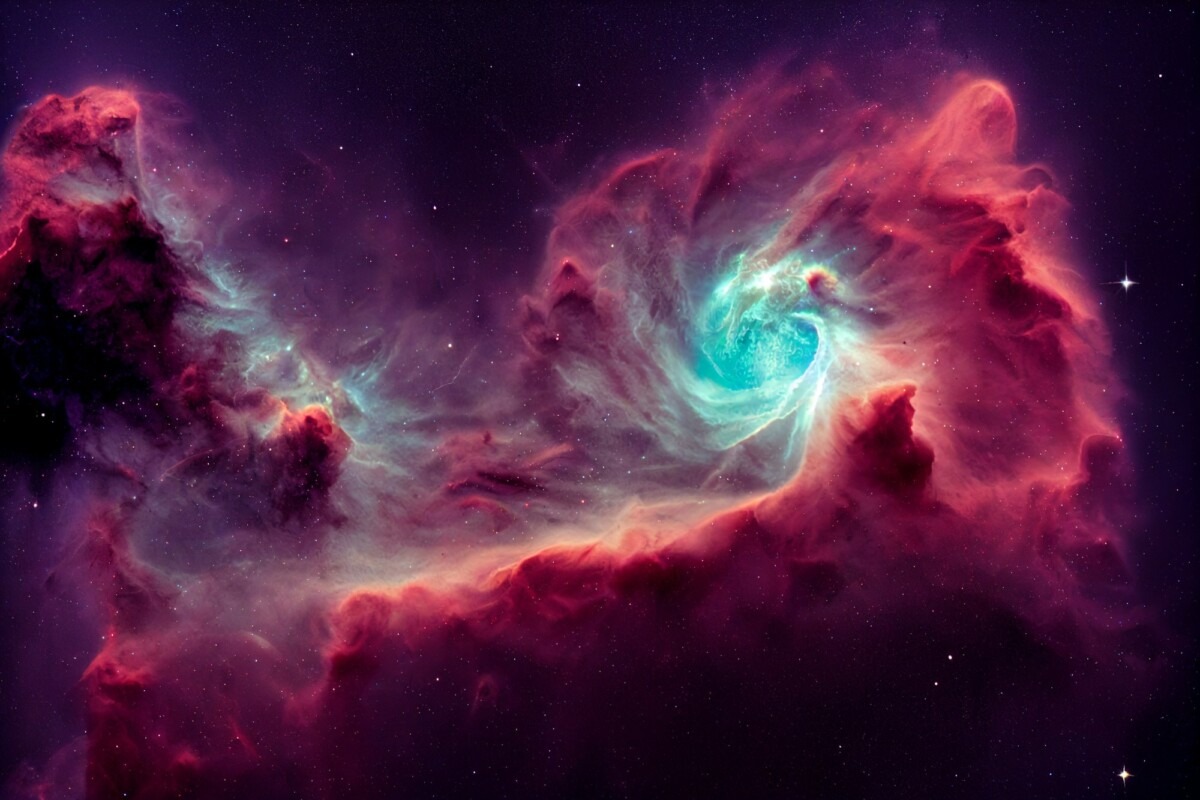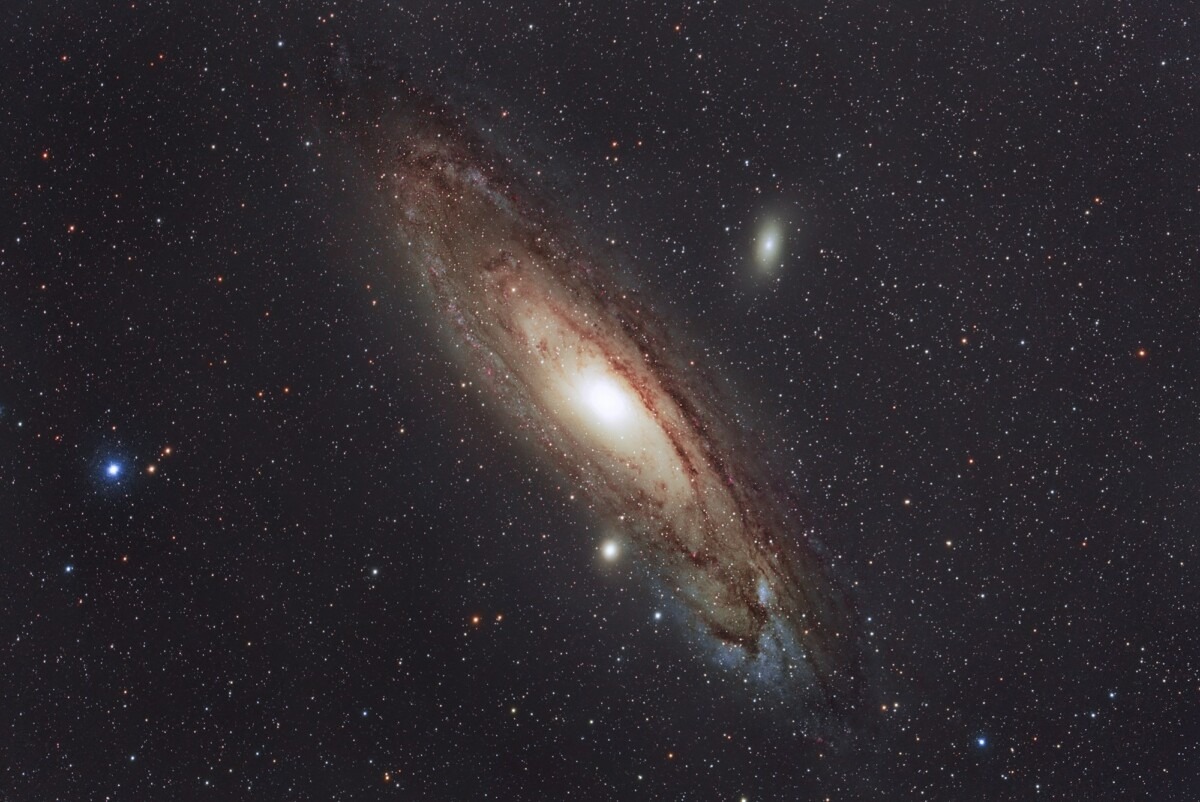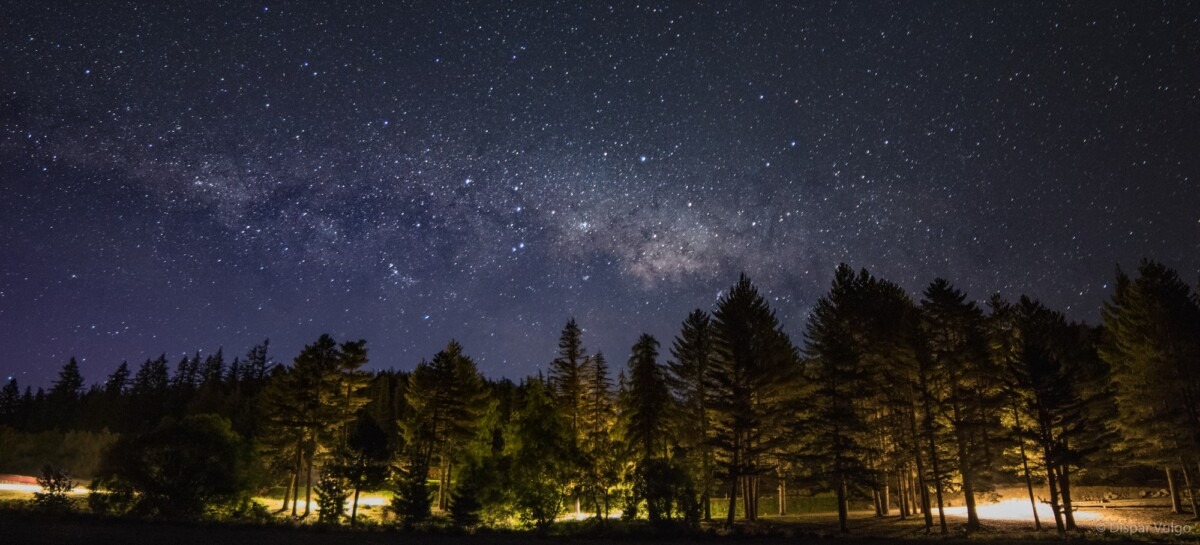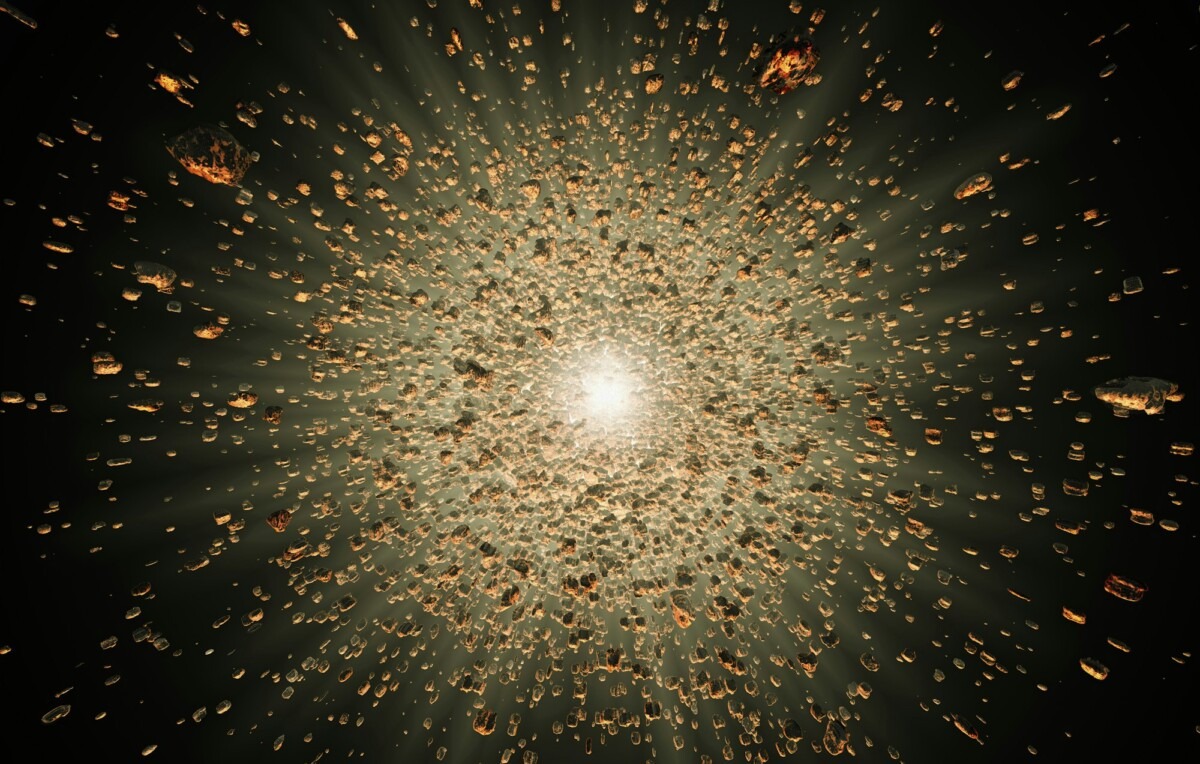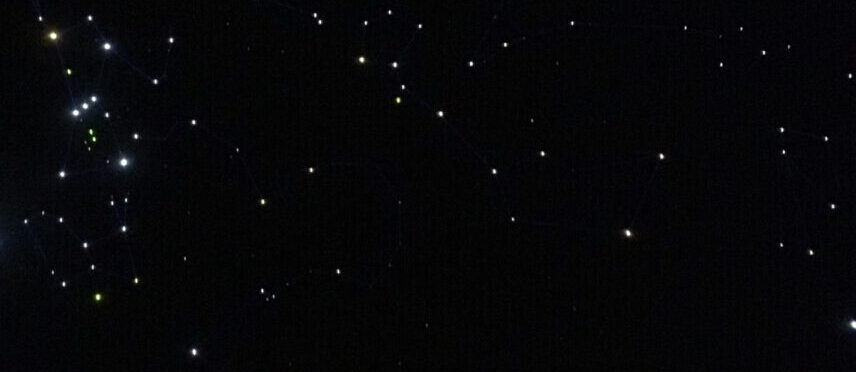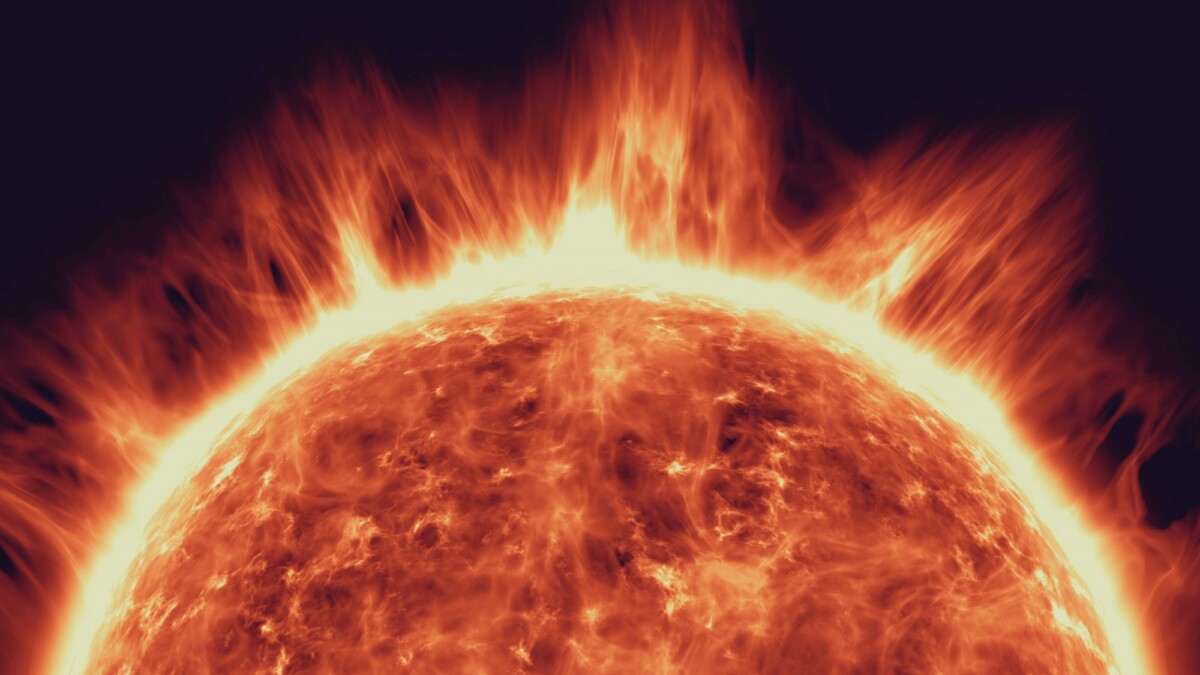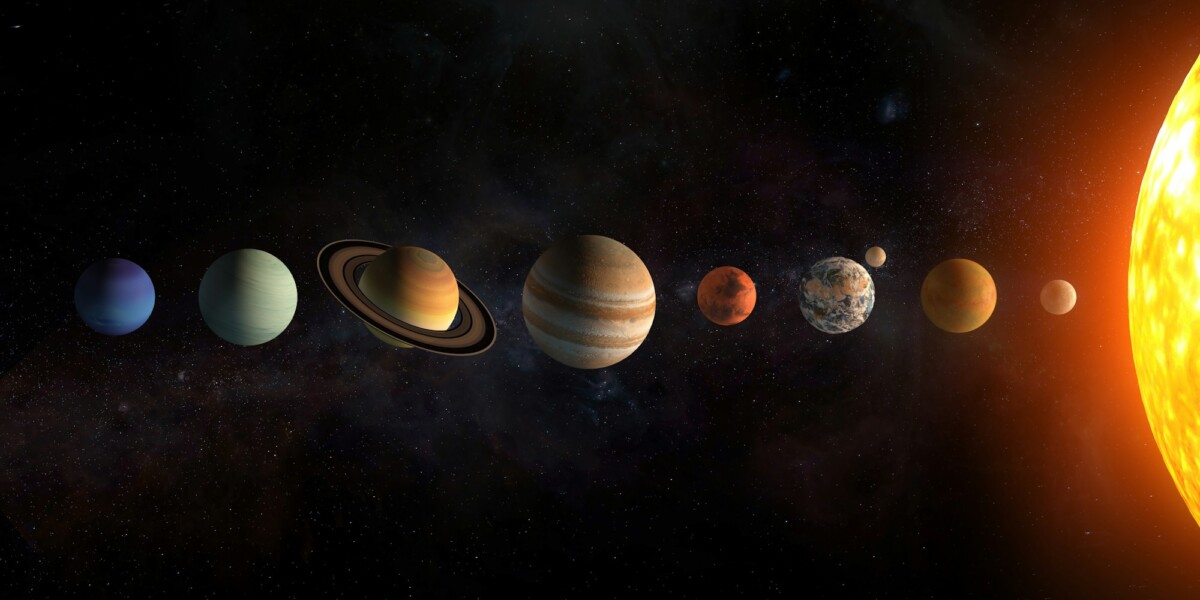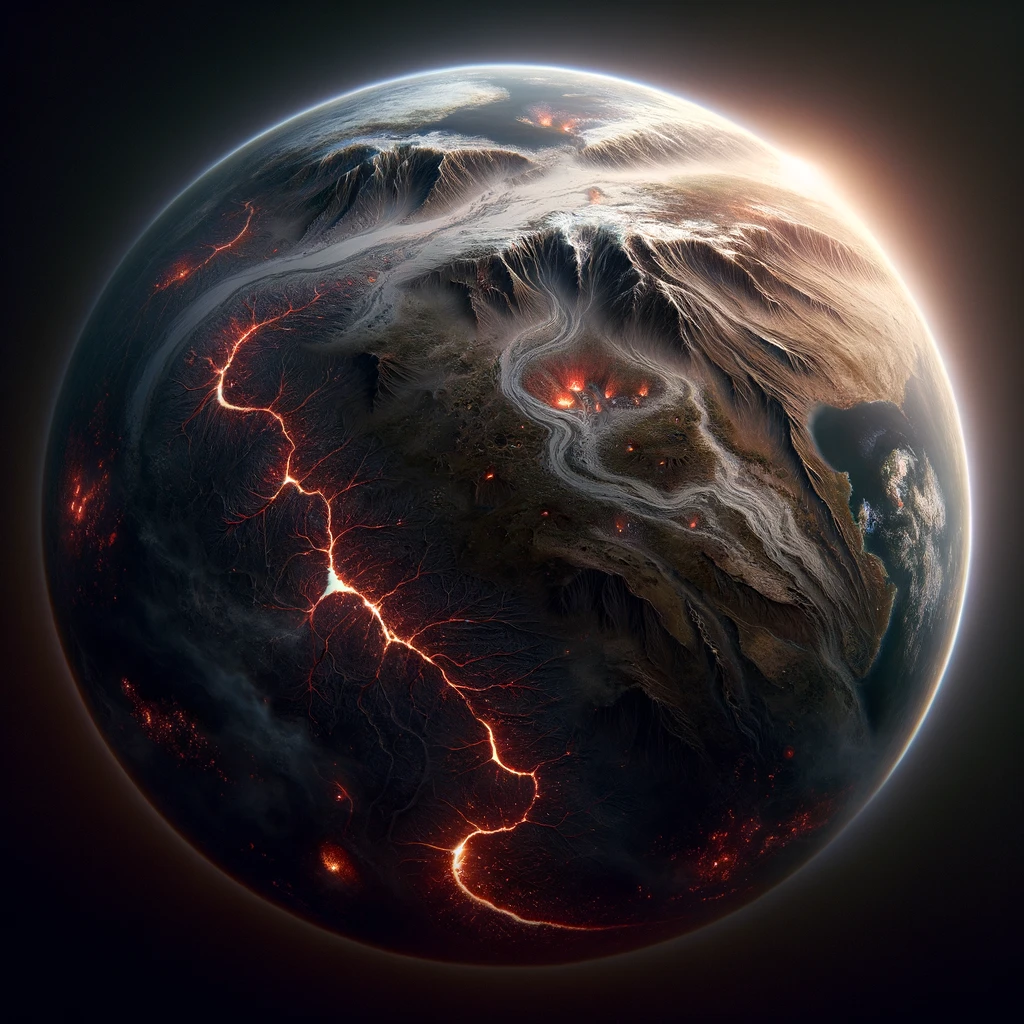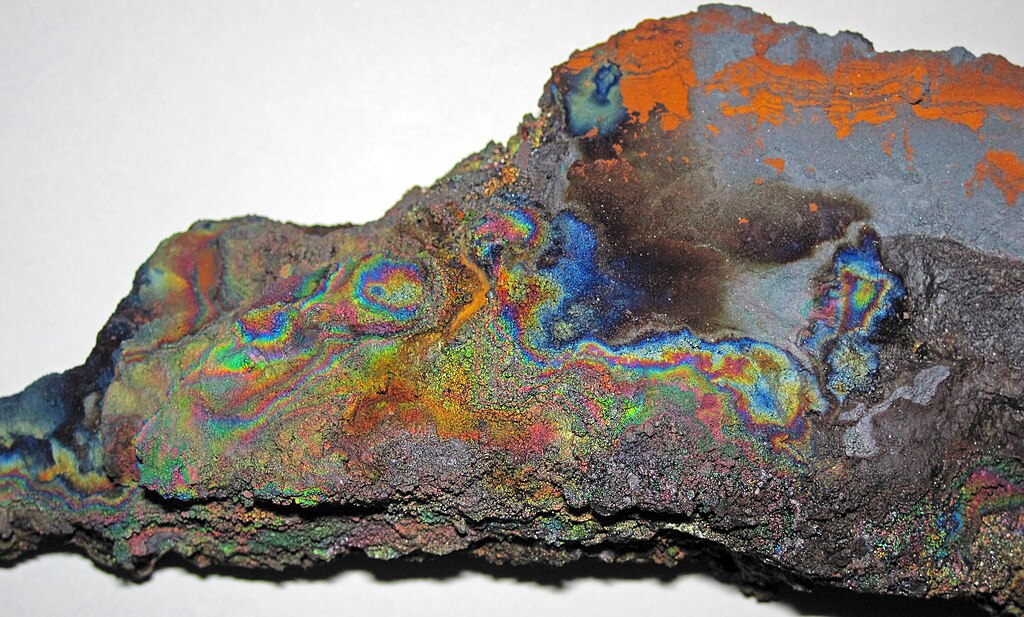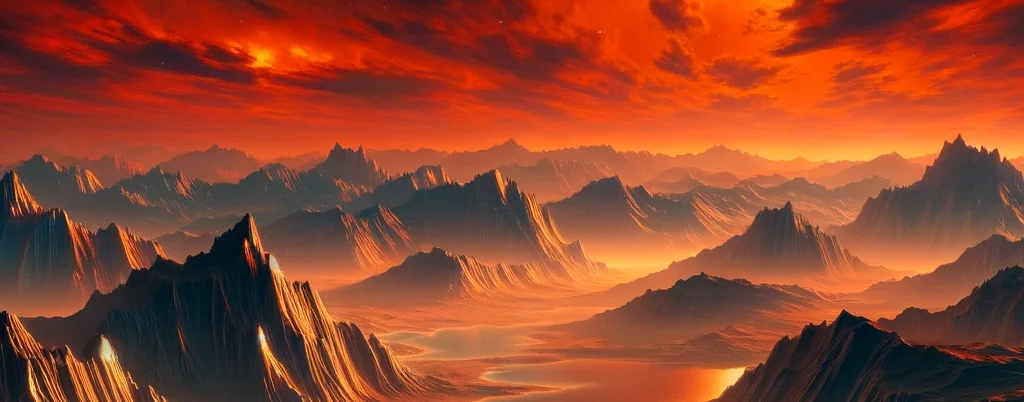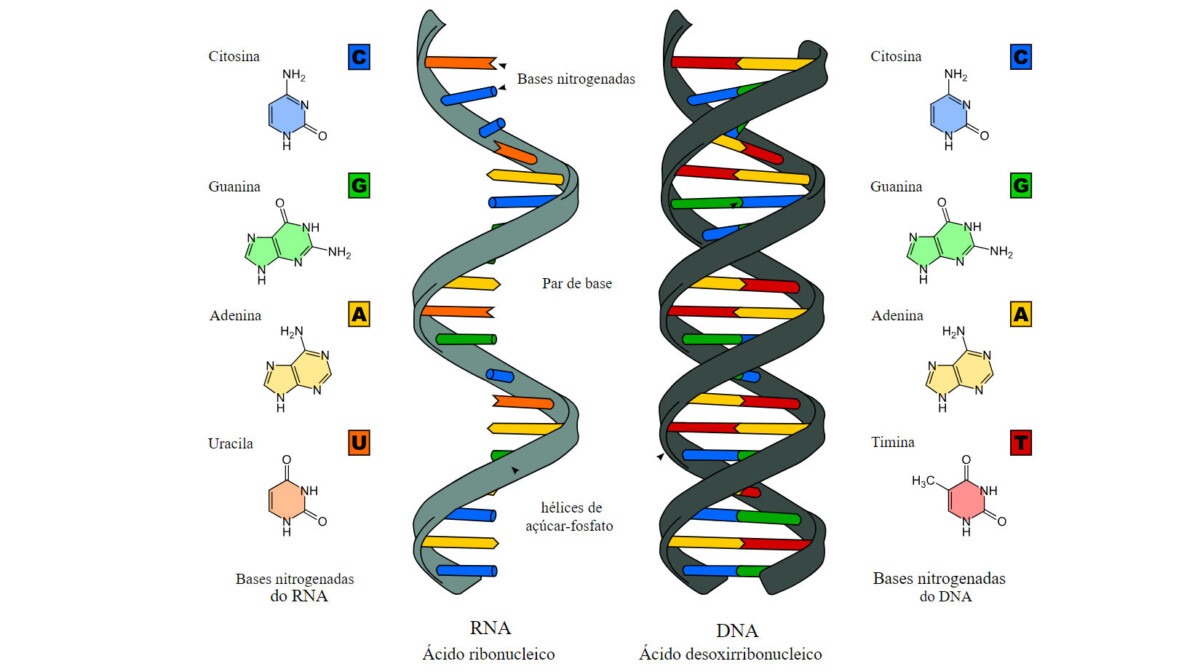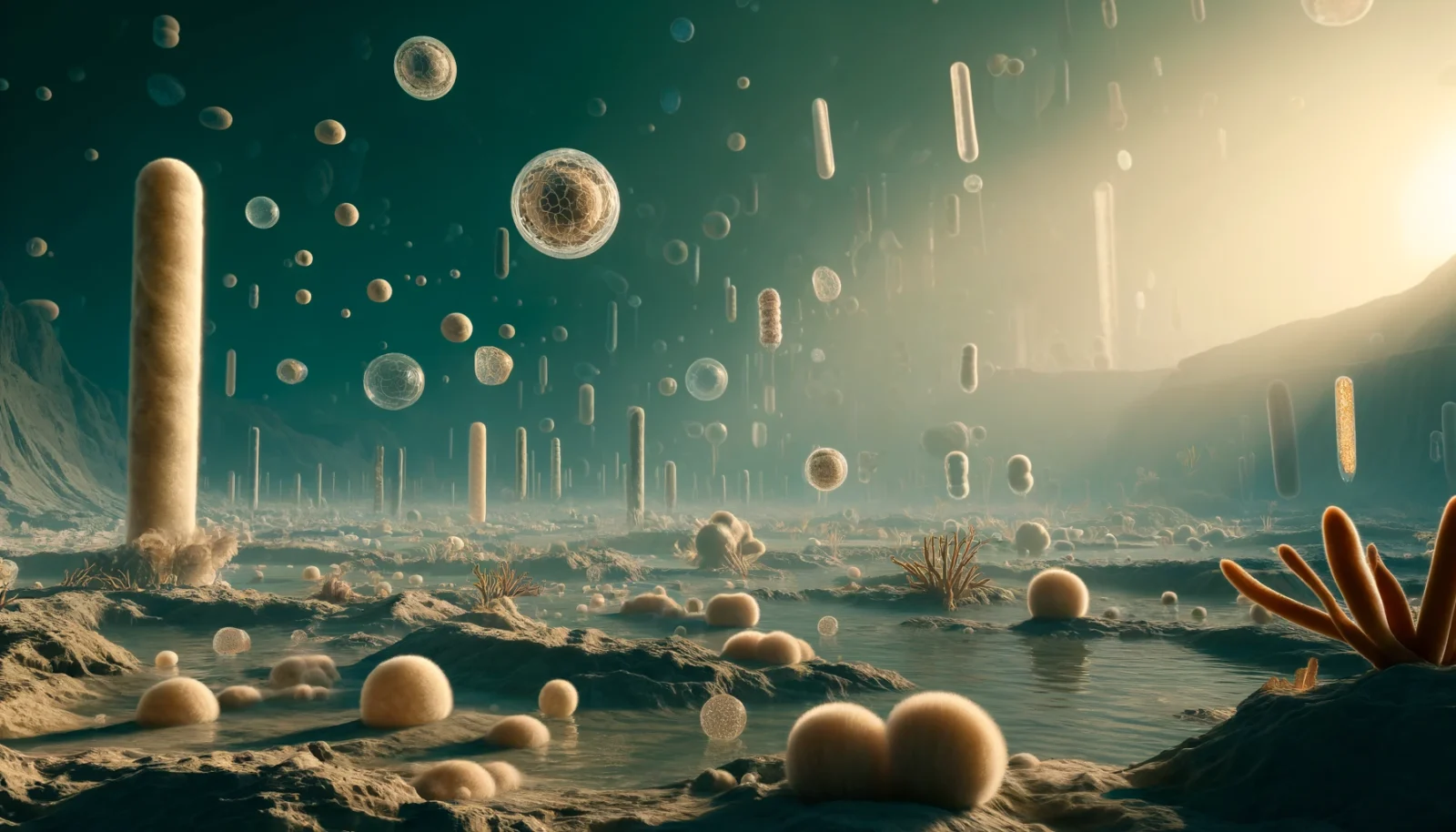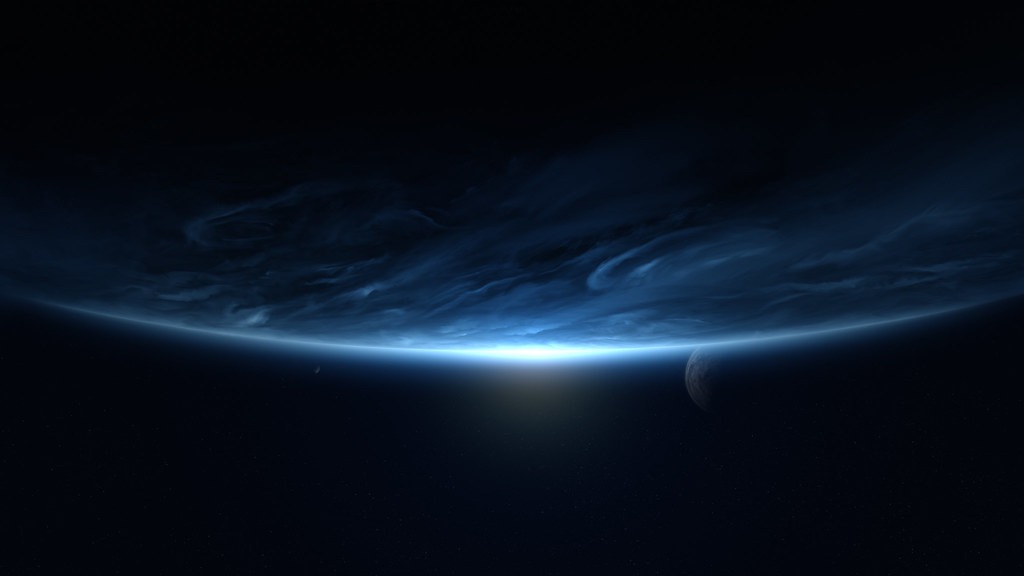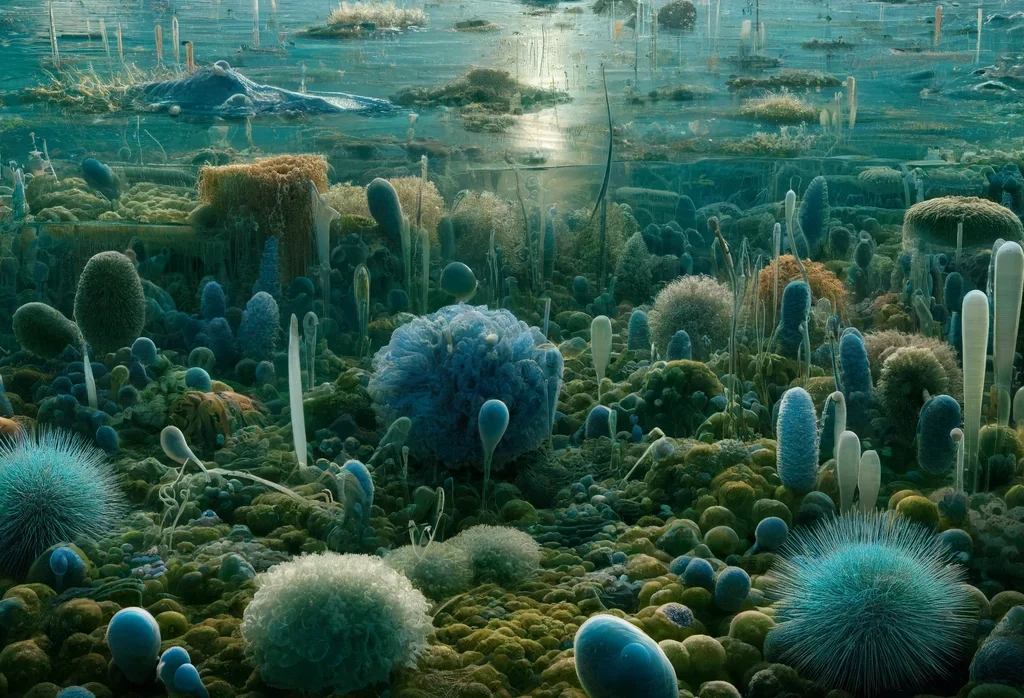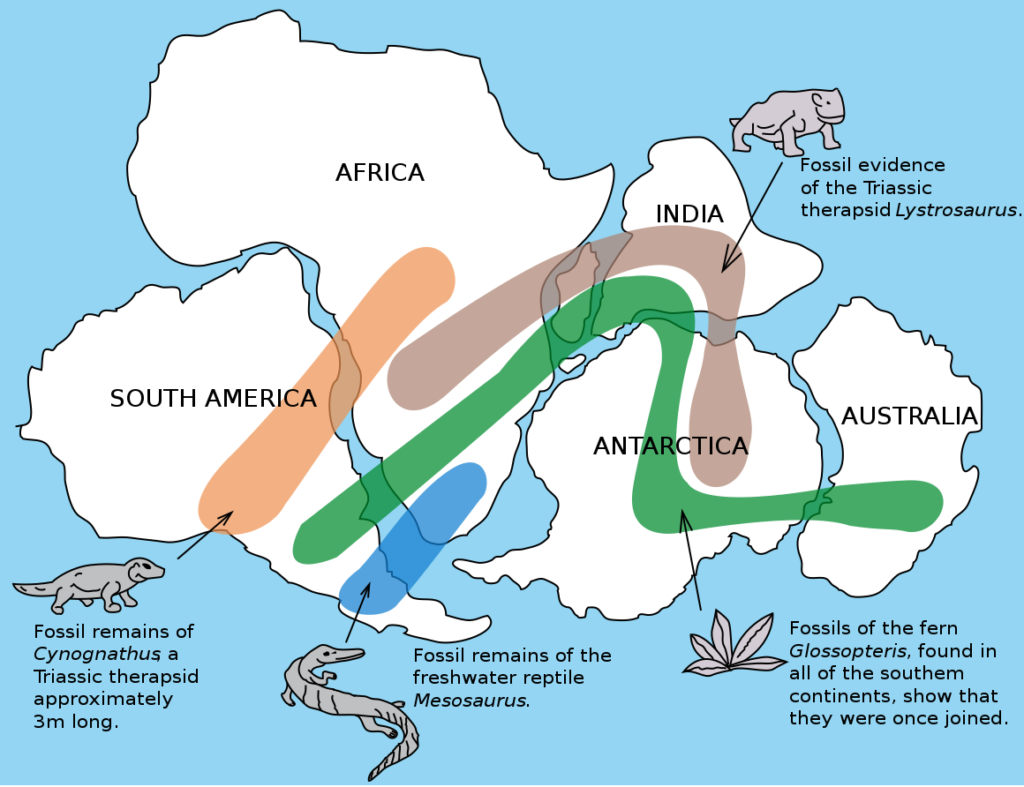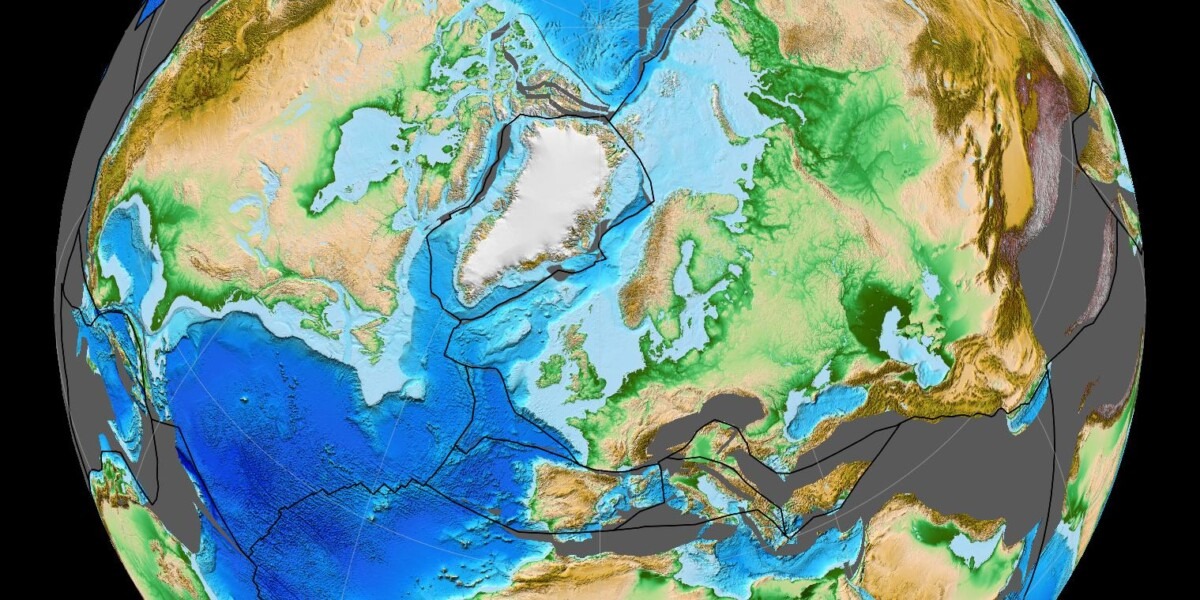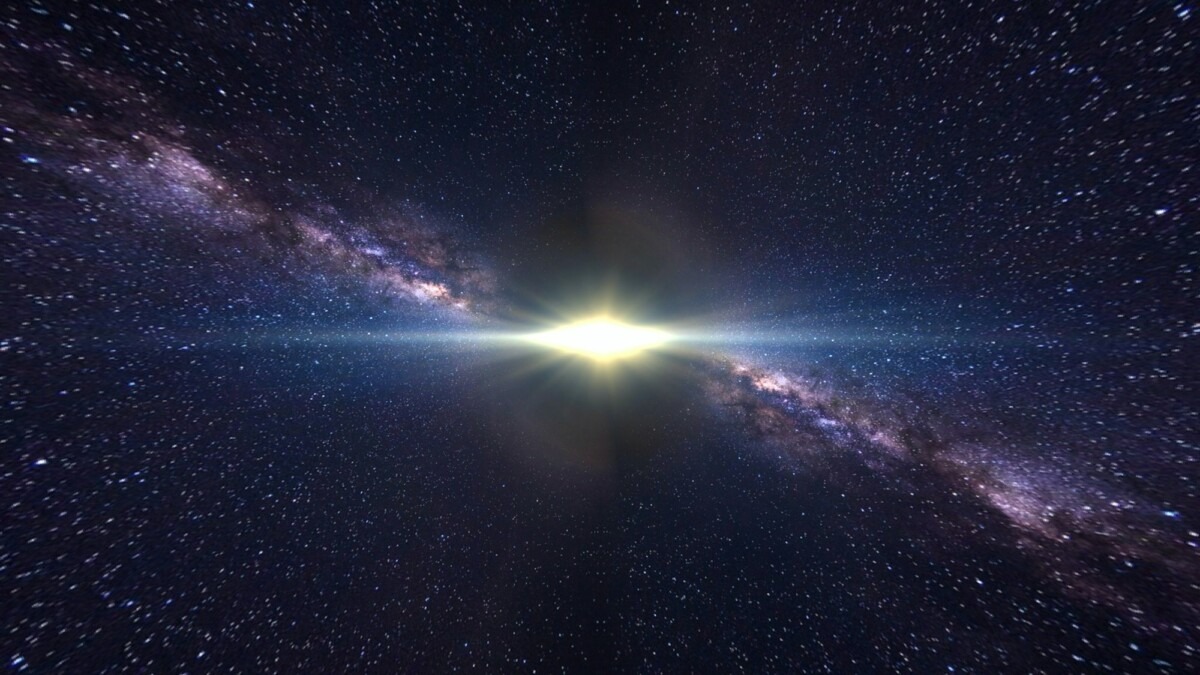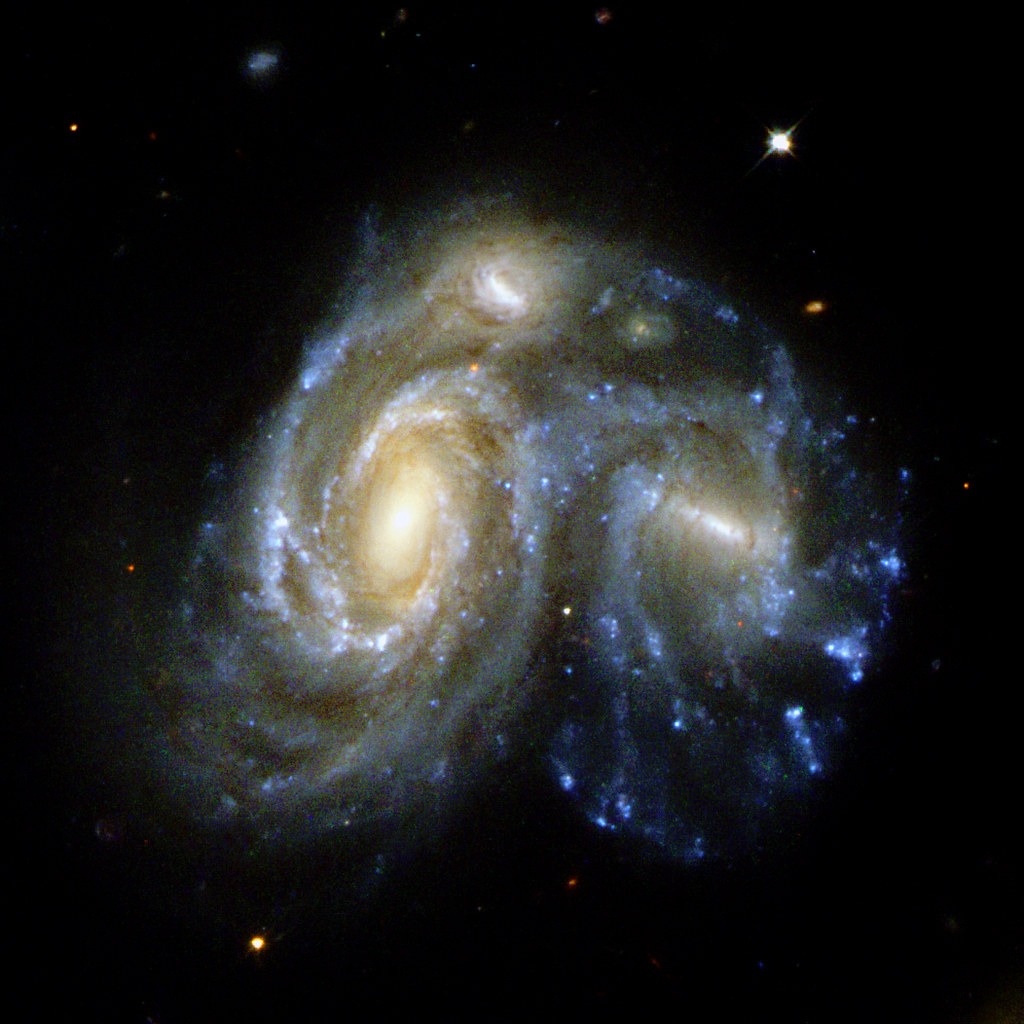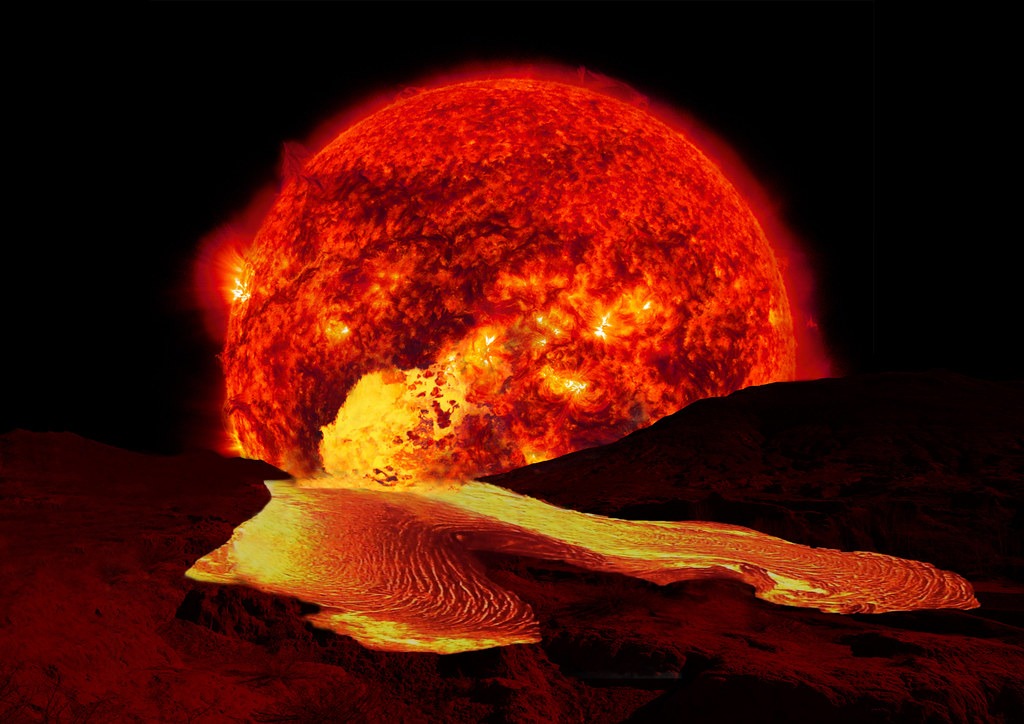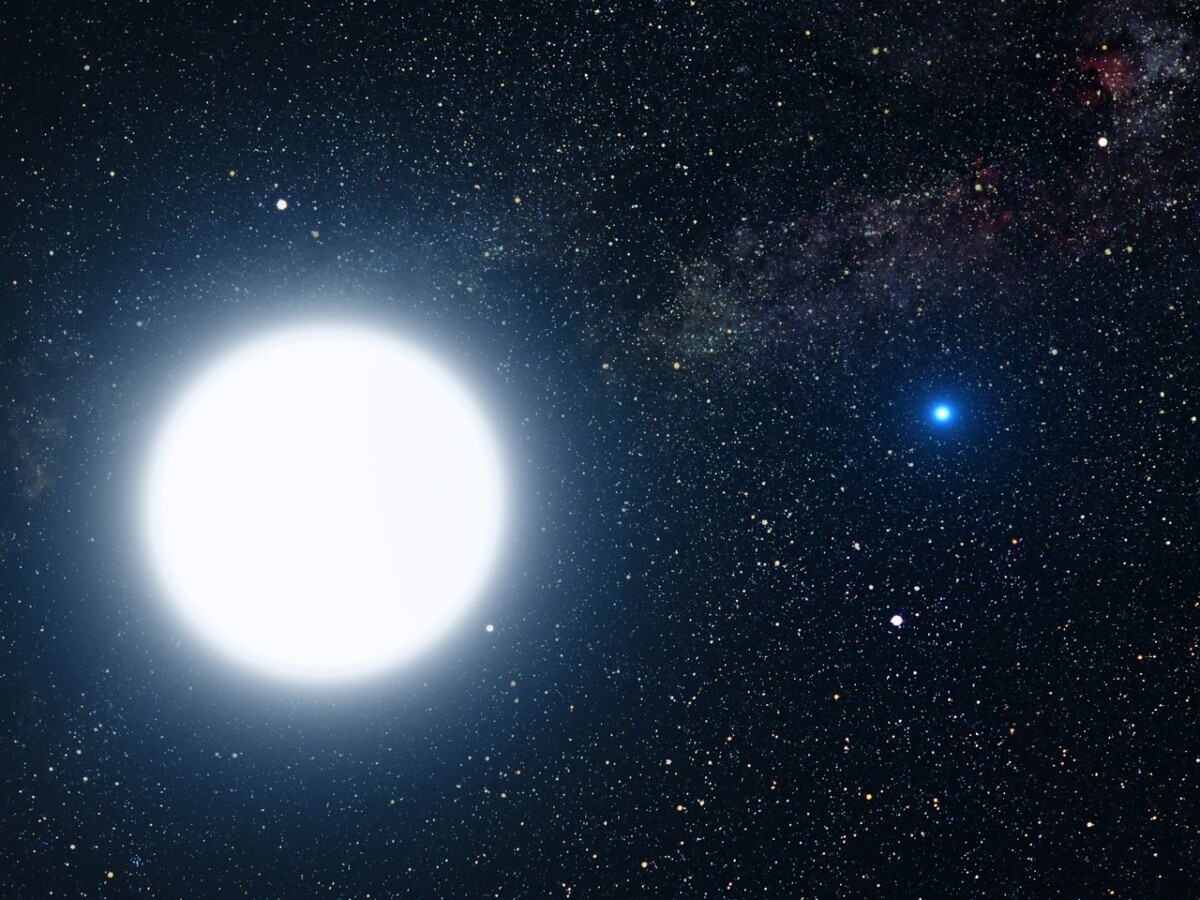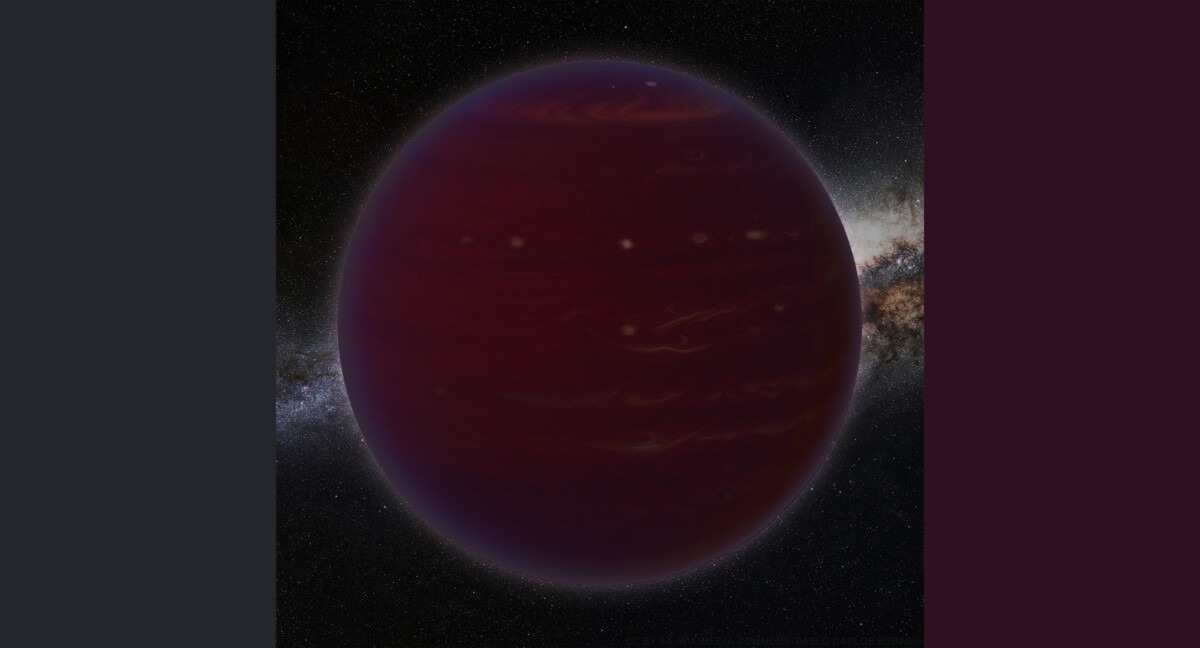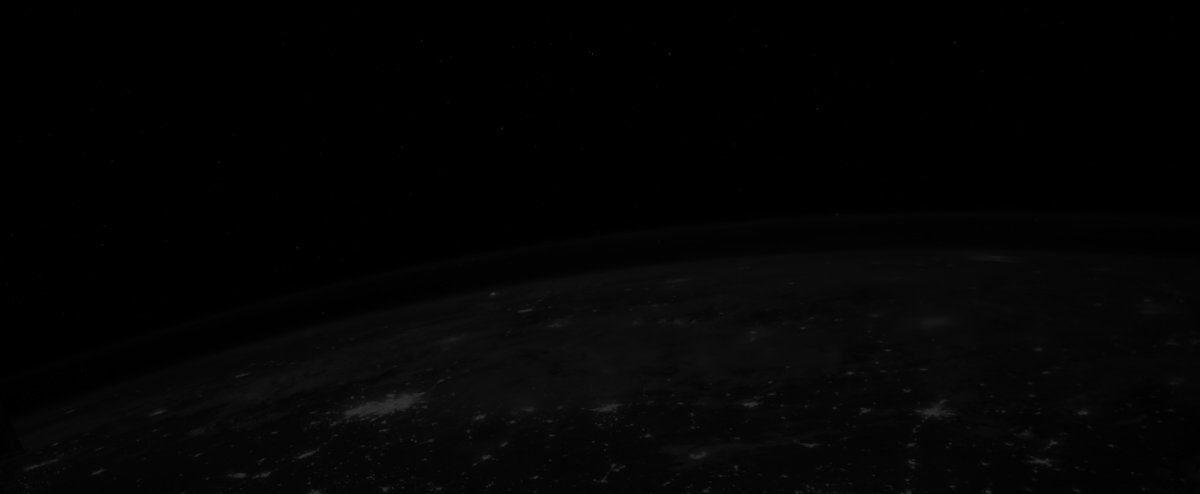From the singularity 13.8 billion years ago through the plate tectonic shifts of 56 million years ago on Earth, then continuing through to a few Big Bang related human observations. The thing to understand about the Big Bang is that it’s a verified theory. However, the first second of the Big Bang is highly speculative. I created this timeline as part of the research for chapter 1 of my book: “30 Philosophers: A New Look at Timeless Ideas.”
A 30 Philosophers touchstone: Chapter 1, “Origin Story.” The universe began as an infinitely dense, unimaginably hot, and minuscule point known as a singularity. In a breathtaking instant, this singularity expanded and cooled, giving rise to the fabric of space, time, and matter, with all the laws of physics taking shape in that moment. The singularity didn’t exist in time as we understand it, because time itself was created in the following moments. This moment marks not just the birth of the universe but the beginning of time and space itself, setting the stage for the extraordinary event known as the Big Bang.
While the singularity arises naturally from the equations of general relativity when extrapolated back in time, it represents a point where these laws of physics as we currently understand them break down. This theoretical state represented the ultimate limit of physical density and temperature, beyond our understanding of the laws of physics.
30 Phil, Chapter 1 Touchstone 1 of 80: Big Bang.
Immediately following the state of the singularity, the universe entered a phase of rapid expansion and cooling, known as the Big Bang Expansion. This critical period signifies not an explosion in space but the very expansion of space itself, from an incomprehensibly dense point known as a singularity. For more, check out: The Expanding Universe Explained.
Big History Thresholds: 1=Big Bang | 2=Stars&Galaxies | 3=Chemicals | 4=Solar System | 5=First Life | 6=TI | 7=Agrarian | 8=Science
Big Bang: Threshold 1 in Big History is the creation, or beginning, of our universe.
The Plank Era occurred in the first part of the first millisecond after the singularity. Current estimated put it at up to 10−43 seconds after the Big Bang. The term “era” is used for this micro-duration as a sort of tip of the hat to Einstein’s Relativity. It reflects a conceptual approach to time that differs from our everyday experience. This speculative era represents the very beginning of the universe, immediately following the singularity. The physics of this period is still not fully understood, as it requires a theory that unifies general relativity and quantum mechanics (quantum gravity). Temperatures and energies were so high that the four fundamental forces (gravity, electromagnetism, the weak nuclear force, and the strong nuclear force) are thought to have been unified.
The speculative Grand Unification Era ends around 10−36 seconds after the Big Bang. During this era, the strong force is believed to have separated from the other three fundamental forces. The universe was still incredibly hot and dense, and it’s during this period that the first subatomic particles, including quarks and leptons, could have begun to form. This era ended with a phase transition to the inflationary epoch.
The Inflationary Epoch was from about 10−36 seconds to 10−32 or so seconds. Notice the duration label change from “era” to “epoch” and from a narrow time to a range. However, also note that we are still within the first millisecond of the Big Bang. This was a period of extremely rapid expansion driven by a speculative field called inflaton. While the universe did not explode into something, it did increase in size by a huge factor. The very fabric of the universe, space itself, increased in size by a factor of at least 1026, smoothing out any irregularities and leading to the uniformity we observe in the cosmic microwave background. The rapid expansion also drastically cooled the universe.
A bit speculative. Supported by indirect empirical evidence from CMB observations, suggesting a rapid early expansion that explains the universe’s large-scale uniformity and structure distribution.
We are still within the speculative first second. The Electroweak Era ends around 10−12 seconds after the Big Bang. Following inflation, the universe continued to expand and cool, allowing the electromagnetic and weak nuclear forces to separate. Particles continued to form and annihilate in a hot, dense environment, but as the universe cooled further, the formation of more stable particles like protons and neutrons became possible.
A bit speculative. Grounded in well-established physical theories and supported by high-energy particle physics experiments that test conditions analogous to those of the early universe.
Leaving the highly speculative first second, and skipping to a few minutes later, the Nucleosynthesis period accurred about 3 to 20 minutes after the Big Bang. During this period, the universe had cooled enough for protons and neutrons to come together to form simple nuclei, but not yet atoms, as the universe remained too hot for electrons to bind to these nuclei. The nuclei formed during this time were primarily those that would become the core of hydrogen atoms (including its isotope deuterium), helium, and trace amounts of lithium, through a process known as Big Bang nucleosynthesis.
Supported by empirical data. The observed abundances of light elements in the universe align closely with predictions from Big Bang nucleosynthesis models, providing strong evidence for this period of early cosmic history.
The image of the early universe that we see in the CMB reveals a time shrouded in darkness. During this era, the 17 known particles first started to combine to form the universe’s first atoms. Electrons, protons, and neutrons came together to create neutral hydrogen atoms, a process that allowed photons—or light—to traverse the cosmos freely. That is the glow we see in the CMB. Soon after this, well, cosmically soonish, gravity played its part and brought these atoms together, forming the first stars and galaxies. This “let-there-be-light” event occurred about 100 million years after the Big Bang.
Legacy: First 26 elements of the periodic table of elements.
After a few hundred million years, gravity continued to play its part, drawing atoms into an intimate collapse, giving birth to the very first stars and galaxies. These first stars, known as Population III stars, were stellar giants: massive, hot, and short-lived; they burned for just a few million years, likely with no planets to keep them company. None of these titans still illuminate the cosmos today. Their legacy is the creation of increasingly heavier elements, starting with carbon, nitrogen, and oxygen, and continuing up to iron with its 26 protons.
Big History Thresholds: 1=Big Bang | 2=Stars&Galaxies | 3=Chemicals | 4=Solar System | 5=First Life | 6=TI | 7=Agrarian | 8=Science
Stars Light Up: The formation of the first stars marked the second threshold. These stars forged the first heavy elements in their cores, which are essential for the creation of everything from planets to human life.
Legacy: Began enriching the interstellar medium with heavier elements, including carbon, necessary for organic chemistry
From the ashes of Population III stars, celestial giants, rose a new generation of stars, the Population II stars. These stars contained a higher proportion of the heavier elements, granting them a longer lifespan, and likely the company of planets. Since most Population III stars had a lifespan of only about 10 million years, Population II stars started forming shortly after Population III stars.
Current observations, such as those of GN-z11, suggest that galaxy formation began as early as 400 million years after the Big Bang. This galaxy, observed at a redshift of z=11.09, stands as a testament to the rapidity with which the universe’s first structures began to coalesce from the primordial gas. While the detection of GN-z11 provides empirical evidence of early galaxy formation, it also opens the door to speculation about even earlier galaxies that may await discovery with future advancements in telescope technology. These first galaxies likely did not have black holes at their centers. From a distant observation, these early galaxies likely lacked the pronounced bright centers associated with supermassive black holes, which are characteristic of many galaxies observed 13.8 billion years after the Big Bang.
Current scholarship generally places the formation of the Milky Way between 200 and 600 million years after the Big Bang, during the period of early galaxy formation that followed the forging of Population II stars. Some of the oldest stars within the Milky Way belong to this Population II category, with estimates for their formation dating as early as 200 million years after the Big Bang. This places the Milky Way’s birth in the epoch shortly after the earliest galaxies began to coalesce from the primordial gas. As astronomical techniques advance and provide new data, we may need to refine this timeline to more accurately reflect the chronology of the Milky Way’s formation in relation to the dawn of galaxies across the cosmos.
The synthesis of simple organic molecules such as formaldehyde (H₂CO), methanol (CH₃OH), and simple hydrocarbons in the dense molecular clouds of the interstellar medium occured once sufficient carbon was present. This process has been ongoing for billions of years but became more prevalent as the universe aged and more carbon became available.
Big History Thresholds: 1=Big Bang | 2=Stars&Galaxies | 3=Chemicals | 4=Solar System | 5=First Life | 6=TI | 7=Agrarian | 8=Science
New Chemical Elements: With threshold 3, the Periodic Table expands. While Big History dates this to the expansion of elements about 13.5 billion years ago, I’m showing it in my timelines a bit later at 10 BYA, when those heavier elements started forming molecules. This helps bridge the gap from elements to life.
Population I stars likely started forming around 8 to 10 billion years ago, with the process continuing to the present day as new star-forming regions develop in galaxies. These third generation stars are composed of the remnants of Population II stars. The majority of the stars adorning the Milky Way today belong to this third generation. To be clear, even these stars are mostly the first two elements of the Periodic Table: Hydrogen and Helium with only about 2% heavier elements. Our Sun is a Population I star.
4.6 billion years ago, a cloud of gas and dust collapsed under the force of its own gravity to form our solar system.With the Sun at its center, glowing, the planets had not yet formed. The Sun, a G-type Population 1 star, shines brightly with a surface temperature of about 9,400 degrees, 5,500 Kelvin, and a lifespan of about 10 billion years.
Big History Thresholds: 1=Big Bang | 2=Stars&Galaxies | 3=Chemicals | 4=Solar System | 5=First Life | 6=TI | 7=Agrarian | 8=Science
Formation of Solar System and Earth: The 4th threshold is the forging of our Solar System.
The Earth and the other planets formed 4.5 billion years ago from the same cosmic cloud—the primordial material which gave birth to the Sun. The dust and comets—the rocks—were composed largely of hydrogen, ice, carbon, and nitrogen.
Likely white or grayish atmosphere: The first atmosphere developed first but was not directly involved in the development of life. The first atmosphere formed shortly after Earth’s formation around 4.5 billion years ago. This initial atmosphere was primarily composed of hydrogen and helium, the lightest and most abundant elements in the universe, which were captured from the solar nebula.
This first atmosphere was very thin and likely dissipated into space due to Earth’s weak gravitational pull at the time and the intense solar winds from the young Sun.
The chemical evolution from inorganic precursors to organic molecules is a fascinating story of transformation driven by Earth’s dynamic early conditions and possibly assisted by the input from space in the form of meteorites rich in organic compounds. During this period, the Earth witnessed a series of complex chemical reactions facilitated by its primordial atmosphere, volcanic eruptions, deep-sea hydrothermal vents, and irradiation from the Sun. These conditions led to the synthesis of simple organic compounds from inorganic substances—a foundational step towards life.
- Domain: none (clearly pre-life)
This phase of chemical evolution is characterized by:
- Energy Sources: UV radiation from the Sun, electrical discharges from lightning, and heat from hydrothermal vents provided the energy needed for the synthesis of organic molecules.
- Catalysts: Mineral surfaces, such as those of clay and pyrite, might have acted as catalysts, facilitating the formation of more complex organic molecules.
- Environmental “Labs”: Varied environmental settings, including tidal pools, volcanic islands, and ice, offered unique conditions that could concentrate and protect these nascent organic compounds, allowing for further complexity.
Deep orange or reddish-brown atmosphere: The second atmosphere’s formation was crucial and occurred just before or alongside the formation of Earth’s oceans, which directly supported the evolution of organic molecules and prebiotic microenvironments. The second atmosphere began to develop around 4.5 to 4 billion years ago, as volcanic outgassing released gases trapped in the Earth’s interior. This process was part of Earth’s differentiation and cooling phase.
Unlike the first atmosphere, the second was rich in water vapor, carbon dioxide, nitrogen, and other volcanic gases such as sulfur compounds and small amounts of ammonia and methane. Notably, it lacked free oxygen.
The cooling of Earth and the condensation of water vapor from volcanic outgassing led to the formation of Earth’s oceans. This means the second atmosphere’s development was critical for creating the conditions necessary for ocean formation.
As the Earth cooled following its formation, outgassing from volcanic activity released water vapor and other gases into the atmosphere. When the Earth’s surface cooled sufficiently, this water vapor condensed and fell as rain, filling the basins that would become oceans.
While the 4.4 billion years ago is a guess as to when these processes might have started, the 4.1 billion years ago guess is a better representatoin of current understanding on when the needed building blocks of life evolved.
Before the appearance of self-replicating molecules, there was a crucial phase of chemical evolution where simple organic molecules formed from inorganic precursors. This process, possibly facilitated by conditions on early Earth or through extraterrestrial contributions (like meteorites), led to the accumulation of organic compounds, such as amino acids and nucleotides, setting the stage for the complexity of life.
- Domain: none (clearly pre-life)
Alongside or following the chemical evolution of organic molecules, the formation of prebiotic microenvironments, such as hydrothermal vents or warm little ponds, provided niches where concentrations of organic molecules could interact. These environments could have been crucial for the assembly of complex organic molecules and the initiation of catalytic cycles.

The appearance of self-replicating molecules, such as RNA or similar nucleic acid analogues, signified a monumental leap towards life. These molecules had the ability to store genetic information and catalyze their own replication, laying the foundational mechanism for heredity and evolution by natural selection, driving the complexity forward towards the emergence of life as we understand it. While none survive today, viruses are an interesting related non-life thing. Another interesting and related thing in modern life are plasmids and transposons. In bacteria and some other organisms, these DNA molecules replicate independently of the host’s chromosomal DNA. While they are part of complex cellular life and rely on the cell’s machinery for replication, their ability to replicate independently echoes the autonomy of early self-replicating molecules.
- Domain: Pre-domain or none > Kingdom: Not applicable
Big History Thresholds: 1=Big Bang | 2=Stars&Galaxies | 3=Chemicals | 4=Solar System | 5=First Life | 6=TI | 7=Agrarian | 8=Science
Life on Earth: The 5th threshold is life on Earth.
The formation of cellular membranes represents a pivotal development in the pre-life world, enabling the creation of defined boundaries for primitive cells. These membranes, likely formed from simple lipid bilayers, provided a controlled environment for chemical reactions and played a critical role in the emergence of the first cell-like structures, distinguishing them from their surrounding environment.
Following the appearance of self-replicating molecules, the RNA world hypothesis suggests a period where RNA served both as genetic material and as a catalyst for chemical reactions. This phase emphasizes the central role of RNA in early life forms, prior to the evolution of DNA and proteins. The RNA world could be considered both a precursor and a part of the early stages of life, highlighting RNA’s versatility and its significance in the origin of life.
Survivors: None survive today, but ribozymes are insterestingly related. Within the cells of all modern organisms, there are molecules called ribozymes, which are RNA molecules capable of catalyzing specific biochemical reactions, including the replication of RNA in some cases. Ribozymes are considered molecular fossils of the RNA world, providing a direct link to the era when self-replicating RNA molecules could have been the basis of life.
Between the development of metabolic pathways and the formation of cellular membranes, there might have been a phase involving the assembly of protocells. These protocells, formed from self-assembled lipid molecules creating vesicles, could encapsulate nucleic acids and metabolic molecules, offering a primitive model for cell-like structures. Protocells represent a bridge between non-living chemical systems and the first living cells, showcasing the potential for life-like behaviors without full biological complexity.
First DNA Life: From chemical reactions before 4 billion years ago to replicating molecules about 4 billion years ago to DNA based life then to LUCA, the only DNA based branch to survive. Meaning, DNA based life likely started before LUCA, and LUCA is the only branch to survive the test of time. From LUCA to humans, RNA and DNA are essentially the same as today. They serve as the tools for genetic information storage, transmission, and expression through prokaryotes to eukaryotes, underpinning the diversity and complexity of life on Earth. The last universal common ancestor (LUCA) is estimated to have lived approximately 3.5 to 3.8 billion years ago. It is the organism from which all current life on Earth descended from. Your greatest grandparents.
Imagined image: LUCA in a variety of shapes that they might have resembled, set in an ancient, deep-sea hydrothermal vent environment.
- Domain: Pre-Domain > Kingdom: Not applicable
(Common ancestor to the Bacteria, Archaea, and Eukaryota kingdoms)
The process of salination likely began soon after the oceans formed but took hundreds of millions of years to reach the salinity levels similar to what we see today. The oceans were likely significantly salty by about 3.5 billion years ago.
Salinity increased primarily through the weathering of rocks and the leaching of minerals (including salts) into the water. Rivers and streams carried these salts into the oceans. Volcanic activity also contributed ions to the seawater. Over time, as water cycled through evaporation and precipitation, salts became more concentrated in the oceans.
By about 2.5 Billion years ago, the oceans were likely had salinity levels similar to modern oceans.
The earliest known life on Earth are fossilized microorganisms found in hydrothermal vent precipitates. Currently dated to about 3.42 billion BCE. These microorganisms were prokaryote cells. Single celled organisms with no nucleus and had early simple DNA. More complex DNA in a nucleus evolved about 1.5 billion years later in Eukaryotic cells, circa 2 billion BCE.
- Domain: Bacteria or Archaea > Kingdom: Various
GOE: The Great Oxidation Event started enriching the atmosphere with oxygen beginning around 2.4 billion years ago. It marked one of Earth’s most dramatic transformations. Initiated by the widespread activity of photosynthetic cyanobacteria, this period, known as the Great Oxidation Event, gradually saw the accumulation of oxygen that was initially absorbed by oceanic iron. As these iron sinks saturated, oxygen spilled into the atmosphere, paving the way for profound environmental and biological changes. The creation of an ozone layer, the oxygenation of the oceans, and the consequent rise of aerobic life forms set the stage for the later explosion of complex life on Earth, fundamentally altering the course of our planet’s history.
Breathable air to animals, including humans, started about 540 million years ago.
Around 1.7 billion years ago, a branch of protozoa, an advanced branch of the eukaryote cells, split into animals, plants, and fungi. These three separate lineages are the ancestors of modern plants, fungi and animals.
- 1.7 billion years ago: Plants diverge from the common protozoa ancestor.
- 1.5 billion years ago: Fungi and animal branch emerges.
- 1.3 billion years ago: Fungi diverge from the common fungi-animal ancestor.
Later animals evolve into the animal kingdom which includes mammals, birds, reptiles, amphibians, fish, insects, crustaceans, arachnids, echiniderms, worms, mollusks, and sponges.
- Domain: Eukaryota > Kingdom: Protista (or ancestral eukaryotes)
(New Kingdoms: Animalia, Plantae, and Fungi)
By dating rocks and fossils scientists can document the movement of the continents over time.
To confirm and refine this science, geologists study rocks, paleontologists study fossils, and anthropologists study human societies, cultures, and relics. The location and dating of rocks, fossils, and relics allow us to understand the distant past.
- Cynognathus, circa 242 million BCE
- Lystrosaurus, circa 250 million BCE
- Glossopteris, circa 275 million BCE
- Mesosaurus, circa 285 million BCE
Over millions of years, the modern-day South America and Africa separated during the breakup of the supercontinent Pangaea.
North America splits from Europe causing diverging evolutionary lines. Over millions of years, the modern-day Europe (Eurasian plate) and North America (North American Plate) separated during the final breakup of Pangaea in the early Cenozoic Era. This split is a later part of that breakup and created the North Atlantic Ocean.
This supernova was observed by Chinese astronomers in 185 CE. The Chinese kept meticulous astronomical records for centuries, including observations of what modern scientists interpret as supernovae. Chinese astronomical records from 185 AD describe the appearance of a “guest star” in the constellation now known as Circinus. This guest star matches the expected location and timing for a supernova that would leave behind RCW 86.
The constellations we recognize today will be vastly different in a million years due to what astromers call “proper motion” of stars. This will transform our night sky, creating new constellations from stars that have shifted positions, presenting future astronomers with a completely new celestial map to study. Because of stellar motion, our current Star Catalogue will evolve, making the sky look different, but it will still be filled with stars, as I explain in my End of the Universe Explained article. No current constellation will remain intact. Remarkably, Earth will continue to have a North Star, despite the 26,000-year cyclical wobble of Earth’s poles. Vega served as the North Star 13,000 years ago and will do so again; over a million years, both Polaris and Vega will continue to reprise their roles in this cycle.
The Milky Way and Andromeda galaxies are expected to collide and merge into a single elliptical galaxy. Despite the dramatic nature of this event, the vast distances between stars mean that direct stellar collisions are unlikely.
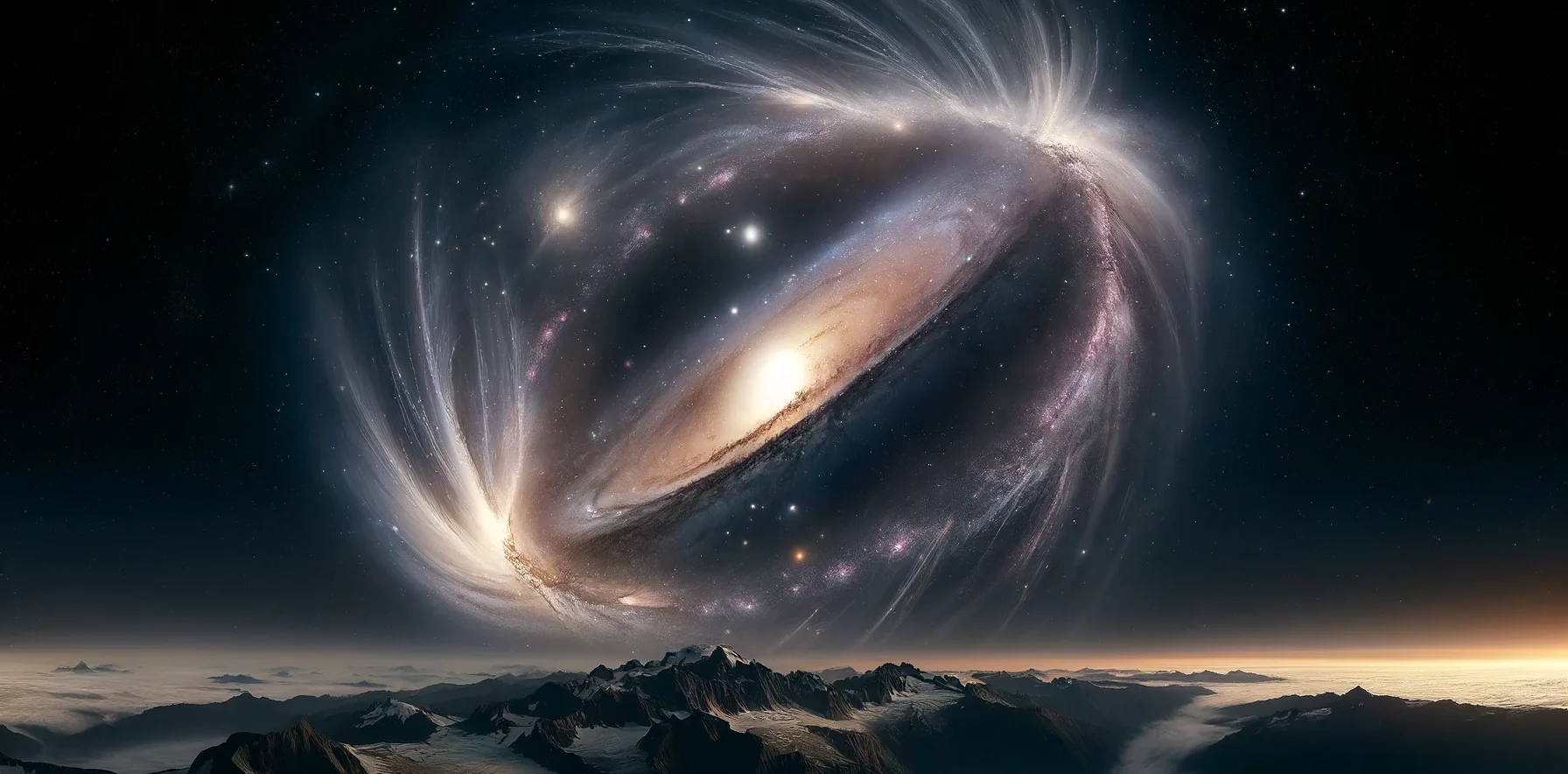
The death of our Sun is estimated to occur in about 5 billion years. Around this point, life on Earth will become uninhabitable. There will likely be life here right up until there’s not. Most humans will have left the planet many millions of years prior to this point. Also, the merging of the Andromeda and Milky Way galaxies will have started about 500 million years earlier.
After shedding its outer layers and engulfing the inner planets during its red giant phase, the Sun will leave behind a white dwarf. The remaining material could potentially form a new planetary system around this white dwarf.
Over an incredibly long timescale, the Sun’s white dwarf remnant could cool enough to become a black dwarf, a theoretical stellar remnant that emits no light. Although speculative, theoretical models give us insight into the lifespan of the Sun as a white dwarf. After transitioning into a white dwarf, the Sun is expected to cool and fade over an extraordinarily long period. It is theorized that, eventually, it will become a black dwarf — a cold, dark stellar remnant that no longer emits significant heat or light. This transformation could take place sometime after 1 quadrillion years — that’s 1,000 sets of a trillion years! Moreover, some estimates extend this timeline by a factor of up to 37, pushing the boundaries of our understanding of stellar evolution and the future of the cosmos. The eventual cessation of white dwarf stars, including our Sun, represents one of the universe’s far future events. However, these estimates are highly speculative, reliant on theoretical models of stellar cooling that project far beyond our current empirical observations. Given that the universe itself is not yet old enough for any black dwarfs to exist, this prediction is rooted more in our extrapolation of physical laws than in direct evidence.
The Lambda Cold Dark Matter model of the universe predicts a Big Freeze. The Big Freeze is projected sometime after 10100 years from now. That’s a set of googol years from now. After billions is trillions then quadrillion. After quadrillions is Quintillion, Sextillion, Septillion, Octillion, Nonillion, Decillion, and finally a GOOGOL. This number is beyond most, let alone this duration of years. It gives you an idea of how long the universe will last. And, if this bothers you, remember, this is a worst case scenario. Read my The End of the Universe Explained for more details.
The heat death of the universe represents the ultimate fate of all matter and energy within the cosmos, according to the second law of thermodynamics. In this scenario, the universe will have expanded to such an extent, and its matter and energy will be distributed so evenly, that no further work can be done, and all dynamic processes cease. The universe reaches a state of maximum entropy, where temperature differences vanish, leaving behind a uniform, cold, and lifeless cosmos.
This transformation is expected to occur on timescales well beyond 10^100 years, a number so vast it dwarfs all conventional measures of time. The concept of heat death emerges from extrapolating known physical laws over unimaginable epochs, leading to a universe devoid of the energy gradients necessary to sustain motion, life, or light.
While the heat death scenario is grounded in the principles of thermodynamics and cosmology, it remains highly speculative due to the extrapolation required and the many unknown variables about the universe’s future evolution. Current models suggest that such a state would mark the end of the observable universe as a dynamic, structured entity. However, this vision of the cosmos’s end is based on our current understanding of physical laws, which may evolve with future discoveries and theoretical advancements.



